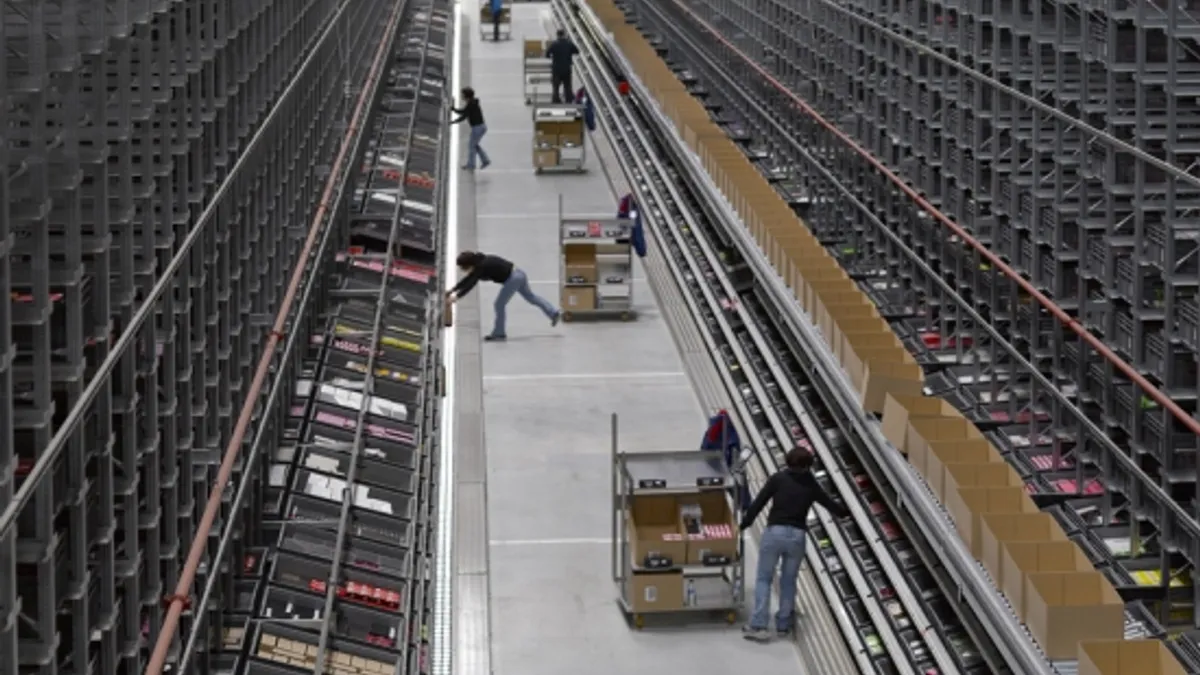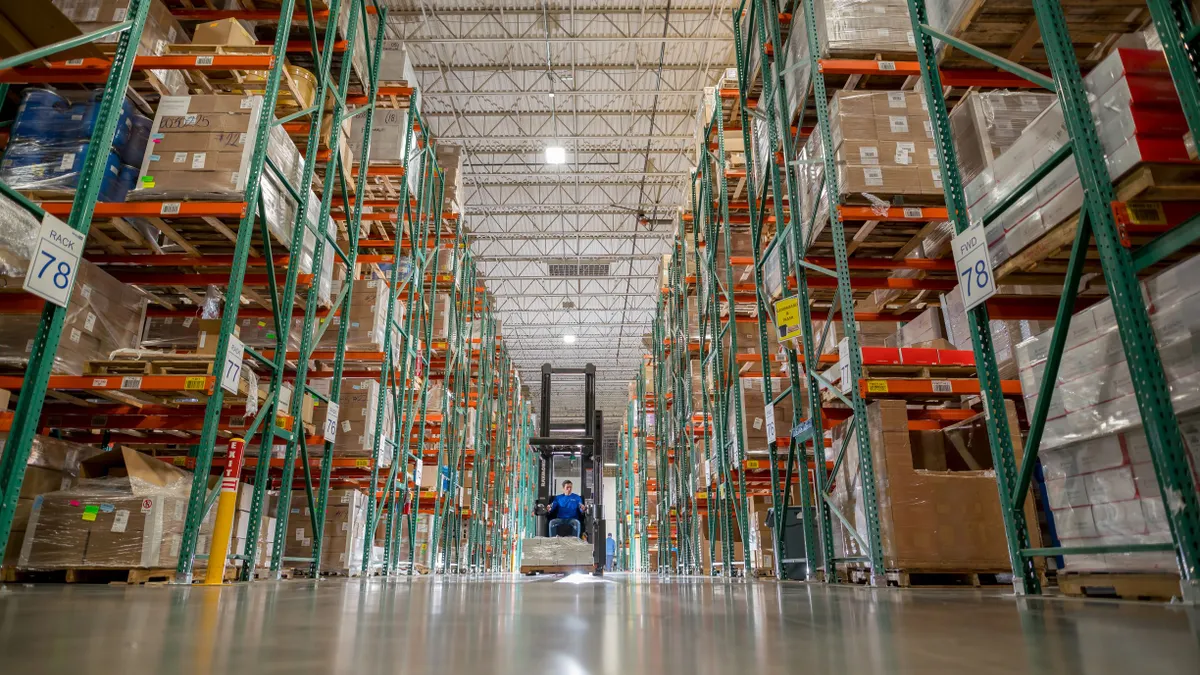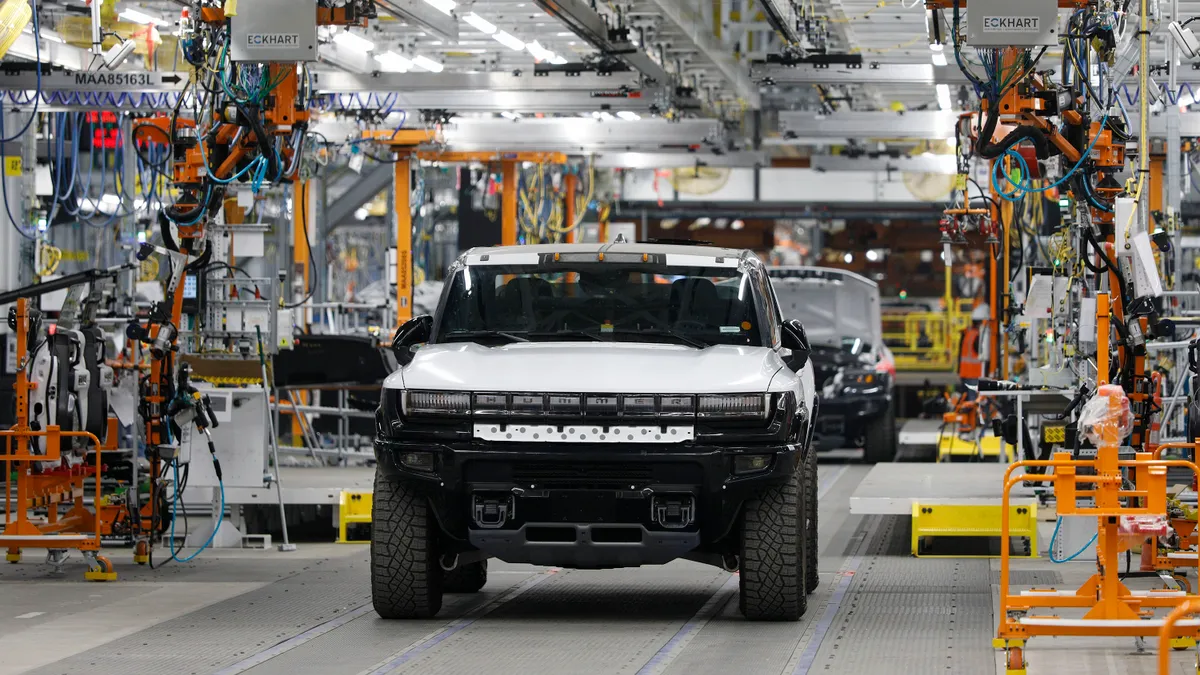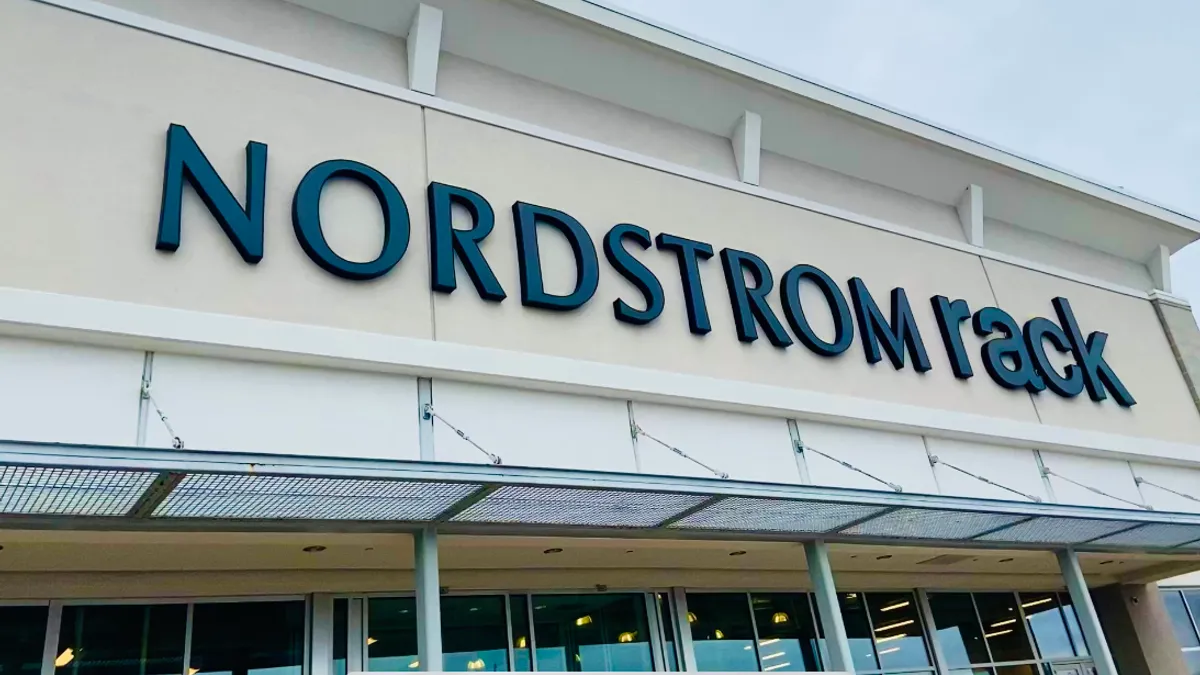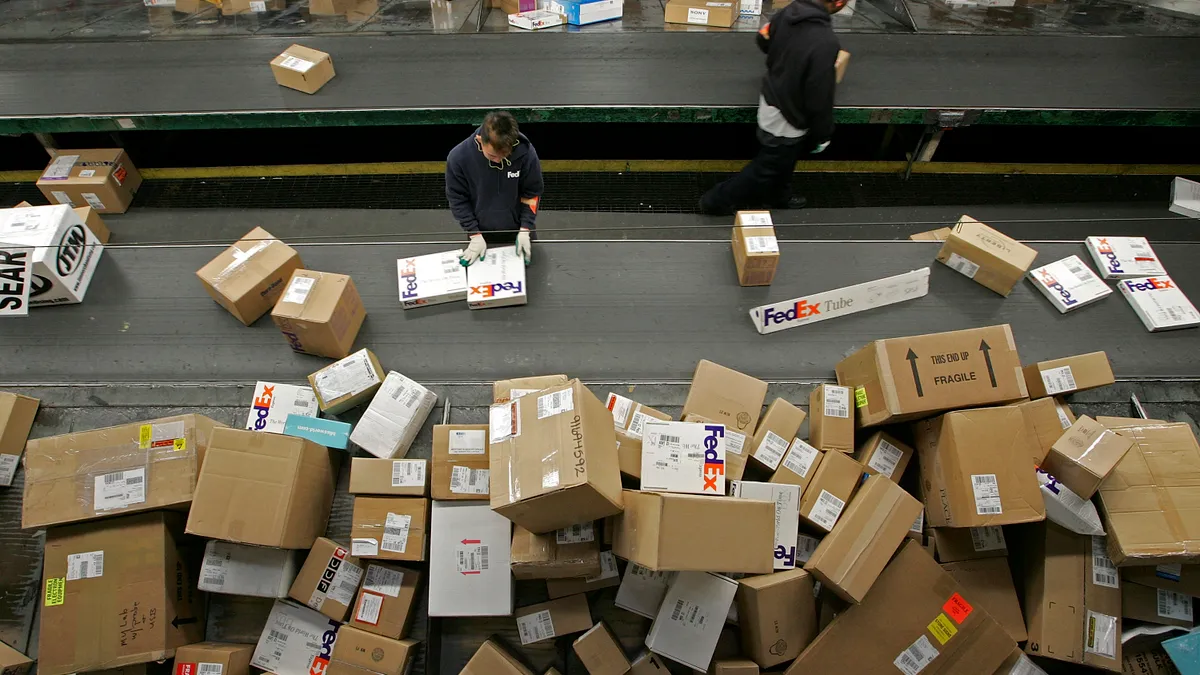Employment in manufacturing and warehousing remains below pre-pandemic levels as manufacturers and supply chains get ready to produce and move inventory for peak season.
Employment dipped to its lowest levels in April for both sectors. Employment in manufacturing fell 10% year over year in April and 5% in warehousing during the same period. Workers have since come back, but at levels lower than in the first three months of the year or all of 2019, according to the latest employment figures from the Bureau of Labor Statistics.

Meanwhile, logistics companies have begun their annual hiring spree before peak season — attempting to bring in thousands of workers to pick, pack and deliver the holiday package surge.
Some employers suggest the low labor levels are a result of companies matching labor supply with customer demand. But now that demand is increasing in a few industries, multiple executives have pointed out challenges to bringing workers back, with some blaming unemployment benefits.
"I’ve spoken with a number of contractors who have mentioned that it’s difficult for them to find people, qualified people that are willing to work, given the unemployment rates that they’re receiving," Sherwin-Williams CEO John Morikis told analysts last month.
La-Z-Boy executives said difficulties in hiring were one factor holding back production.
"Our lag time is currently running at about double our normal rate given strong demand during the quarter and the challenge of hiring additional workers," La-Z-Boy CEO Kurt Darrow told analysts earlier this month.
Moving forward, the hiring issues would likely hinge on what is included in a second federal relief package "and what does that do to workers' mindsets," Darrow said. "But the other thing I would just caution everybody — hiring is one part of the problem, getting them efficient, getting them up to be a skilled worker in our type of business takes some time."
"Our lag time is currently running at about double our normal rate given strong demand during the quarter and the challenge of hiring additional workers."

Kurt Darrow
La-Z-Boy CEO
Kraig Foreman, the president of e-commerce at DHL Supply Chain North America, agreed the hiring environment is more difficult than in previous years and similarly places the blame on federal pandemic aid.
"That is making unemployment a little bit more viable than it has historically," Foreman said.
While some anecdotal evidence suggests expanded unemployment benefits have been a disincentive from work, a report from researchers a Yale University concluded that the data doesn't support this theory in the cumulative economy.
"This note provides preliminary evidence that expansions in [unemployment insurance] replacement rates did not increase layoffs at the outset of the pandemic or discourage workers from returning to their jobs over time," the researchers wrote. "We note that our results do not necessarily imply that such responses do not exist — rather, they suggest that expanding UI generosity has not depressed employment in the aggregate."
The amount of money the typical unemployed person receives has been slashed from nearly $930 a week from late March through July to about $330 per week as Congress has yet to agree on a second coronavirus aid package.
With the rate at this level, why is employment not back to pre-pandemic levels? Demand is still low, and the broader manufacturing economy is still struggling, which means fewer jobs to go around, according to Carolyn Lee, the executive director of the Manufacturing Institute.
"Consumer spending is rising again, but we're not back overall as an economy to where we were," Lee said, adding that the continued drag on the economy "is affecting the sector."
"If it's a skilled workforce pathway, it's going to take a little bit longer to source that."

Carolyn Lee
Executive Director of the Manufacturing Institute
The most recent PMI reading from the Institute for Supply Management showed the manufacturing sector is growing and even coming out of a recession. The survey also found tactics surrounding hiring are far from consistent.
"Almost a third of the comments in my employment section were about hiring, and a third were around firing ... another 25% was around managing the workforce through attrition and no-hire policies," Timothy R. Fiore, chair of ISM's Manufacturing Business Survey Committee, said in a statement.

There were about 336,000 job openings in the manufacturing sector in June, which is the highest figure since February but still lower than figures for all of 2019 and 2018, according to the preliminary figures from the BLS. Many of these openings are skilled positions that would be difficult to fill even in a better economic situation, Lee said.
"We still have a skills gap," she said.
Companies looking to hire right now should get in touch with their local sources of labor, including community colleges and workforce development boards, according to Lee. Retail and hospitality workers have been hit especially hard by the current economy, so many of them may also be looking for temporary or seasonal work, Lee said.
"If it's a skilled workforce pathway, it's going to take a little bit longer to source that," she said. "But if it's a job that you can just jump into in your distribution center, your shipping, whatever, that then gives you the opportunity to tap into those additional sources."
This story was first published in our weekly newsletter, Supply Chain Dive: Operations. Sign up here.



